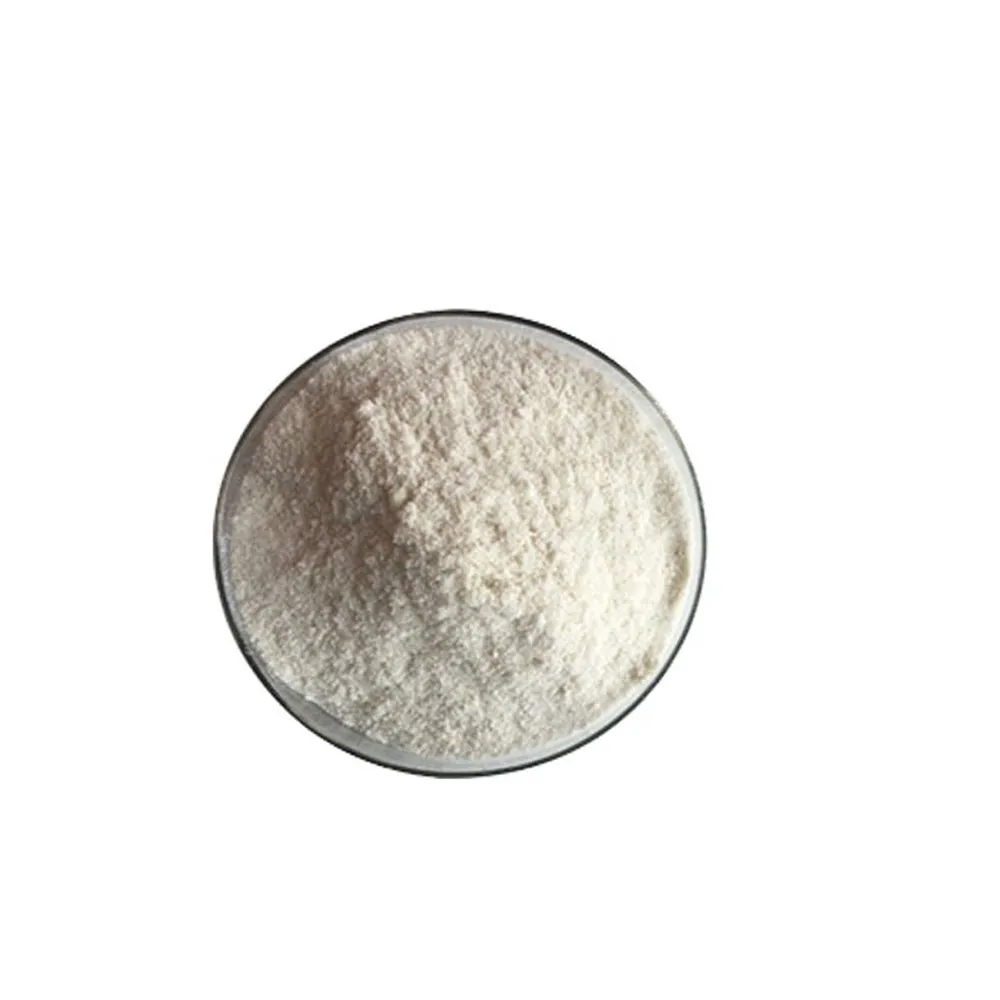
| Glycemic Index | Glycemic Load |
95.0
|
94.0
|
The glycemic index (GI) of maltodextrin equals to 95.0, which classifies it as a high GI food. The glycemic load (GL) of maltodextrin is equal to 94.0, which classifies it as a high GL food.
| Nutrition Facts | |
| Calories (kcal) | 380.0 |
| Carbohydrates (g) | 99.0 |
| Proteins (g) | 0.0 |
| Fats (g) | 0.0 |
100 grams of maltodextrin contain 380.0 kcal (1590 kJ), 0.0 grams of proteins, 99.0 grams of carbohydrates, and 0.0 grams of fats.
Maltodextrin is a carbohydrate derived from starch. It has the consistency of a powder and is used as an additive in many food products, including processed foods, sauces, beverages and sports drinks. Maltodextrin contains 4 calories per gram and provides energy to support physical activity or exercise. As it breaks down quickly in the body, maltodextrin can provide instant energy for activities that require quick bursts of power or speed such as sprinting or weight lifting. It also helps maintain endurance during long-term physical activity like running or cycling. From a nutritional standpoint, maltodextrin does not contain any vitamins or minerals but may be enriched with certain micronutrients depending on its source material (e.g., corn). Additionally, because it’s easily digested by the body it can help athletes perform at their peak performance levels quicker than other carbohydrates sources due to its rapid absorption rate into the bloodstream providing immediate energy for muscles when needed most. The main disadvantage associated with consuming too much maltodextrin is that high doses cause blood sugar spikes which could eventually lead to insulin resistance over time if consumed regularly without proper moderation; therefore caution should be taken when considering supplementing your diet with this product since excessive intake may result in health complications such as diabetes if left unchecked.


